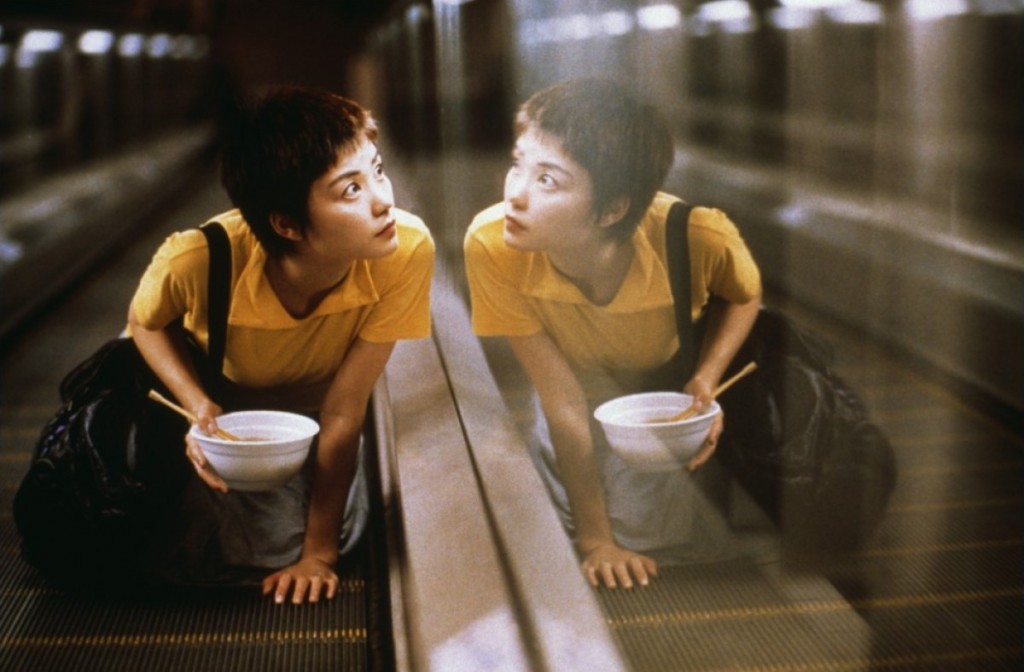After Pacific Rim was released a few weeks ago it seemed to signal the peak of the summer blockbuster season. Pacific Rim was the last in a seemingly endless line of multimillion dollar films that the various studios have been promoting and cinephiles have been excitedly talking about for years. Like Man of Steel and The Lone Ranger before it, I went into Pacific Rim with an open mind and welcoming arms – a new Guillermo Del Toro film centering around massive robots battling interdimensional Kaju, what’s not to like?
Unfortunately a disturbing trend continued: while I certainly enjoyed Pacific Rim, it was impossible to shake the nagging feeling that it just wasn’t living up to the film that had been hyped to meteoric proportions. From its opening frame, Pacific Rim was fighting a losing battle against the titanic hype machine that the studio and filmmaker behind it had erected.
Often times the marketing for these blockbuster films are as steep as their own production budgets. There is no greater example of the marketing behemoth then that of Comic-Con: a convention that has long forgotten its humble origins, and has since transformed into a veritable Hollywood trade show. In his piece on how the teaser poster for Legendary pictures latest incarnation of Godzilla is the perfect metaphor for Comic-Con as a whole, Matt Singer hits the nail squarely on the head, “They’re not there to enjoy a movie, they’re there to convince themselves they will enjoy a movie eventually.” Studio executives and PR firms spend so much time and money whipping potential audiences into a frenzy over the promise of a film, that the actual film will always be second fiddle.

This past weekend saw the release of yet another superhero film that wisely bucked excessive prerelease hype. Similar to its paired down narrative, the leadup to The Wolverine’s release was decidedly low-key, forgoing the now standard over the top viral marketing campaign in order to stoke the hype fire. Instead, in a marketing maneuver veiled in transparency, director James Mangold tweeted out a list of his 10 biggest influences during the making of the film. What no one could have expected was how bold and un-blockbuster his choices were: Chungking Express, Floating Weeds, Happy Together, and Chinatown are but a few of the decidedly highbrow choices. Without spending a dime, Mangold’s list inspired countless discussions amongst cinephiles — how on earth would Wong Kar Wai and Yasujiro Ozu have any influence on a summer superhero romp?
The best part of the list though was that it wasn’t a promise. Instead of claiming that The Wolverine would be the greatest X-Men film ever, Mangold merely promised something decidedly different. He wasn’t attempting to erect a Potemkin village that he could never actually deliver — no one expected Logan to listen to “California Dreamin” while slicing ninjas — he was merely attempting to convey the tone and style, while simultaneously promoting a cinema centric discussion. It was impossible for Man of Steel to surpass the promises that Zack Snyder and Warner Brothers had preached from the Comic-Con pulpit. Mangold provided tantalizing tidbits that could only enhance the viewing experience.

The Wolverine was never in danger of failing to surpass such cinematic touchstones, because Mangold never claimed it would. By humbly laying The Wolverine at the foot of the cinematic alter, Mangold miraculously cultivated an aura of hype that could only amplify the final product. Other studios would be wise to consider this more subdued form of marketing in the future before they take to the stage of Hall H to claim that their film will be the ultimate blockbuster (because it most likely won’t be).



















